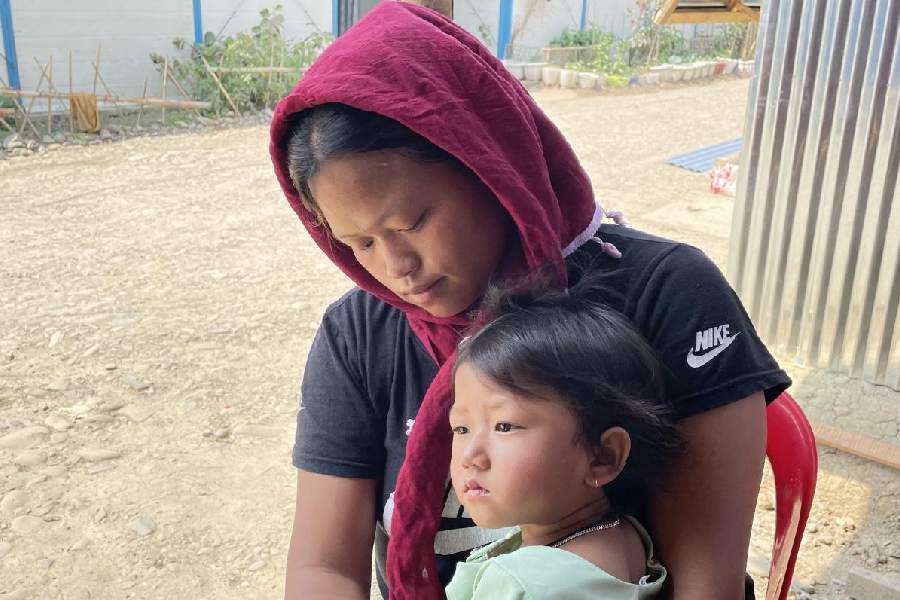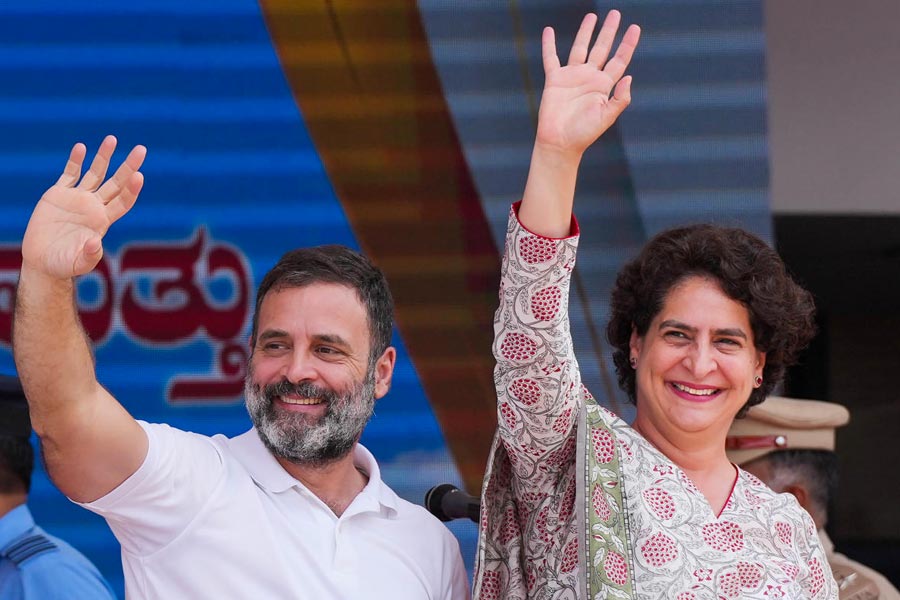Only 40 per cent of private doctors and 62 per cent of government doctors correctly diagnosed and treated high blood pressure, a study designed to identify barriers to hypertension management in rural Bihar has found.
The study that assessed competency for hypertension diagnosis and treatment in a sample of 390 healthcare providers has also found that 16.6 per cent of private doctors and 9.7 per cent of government doctors wrote prescriptions that could cause harm to patients.
The findings have identified “insufficient knowledge” among doctors as an additional barrier to effective management of hypertension, while reinforcing long-standing concerns that many people with hypertension in India remain unaware of their disorder.
In the provider assessment exercise, trained enumerators observed how the healthcare providers interacted with their patients as well as asked them to write prescriptions for four hypothetical patients and scenarios.
“These are disturbing findings, particularly for what they say about the quality of care that qualified clinicians in rural areas provide,” said Krishna Dipankar Rao, associate professor at the Johns Hopkins Bloomberg School of Public Health in the US and a study team member.
He said earlier studies had indicated similar findings for other conditions such as diarrhoea and pneumonia. “This quality issue is across the board, not limited to hypertension. But hypertension is a bellwether of the quality of primary care services and this study tells us that most rural clinicians in Bihar, qualified or otherwise, provide poor quality primary care.”
The researchers believe that the quality-of-care issues observed in rural Bihar are likely to be prevalent across Madhya Pradesh and Uttar Pradesh with similar levels of healthcare systems.
The quality of care delivered by qualified clinicians in rural areas may reflect the quality of medical education and the competencies of clinicians in these places. Students from top medical colleges and the best students in class are unlikely to opt for rural work, Rao said.
Rao and his colleagues studied a sample of around 14,300 people aged 30 years or older and 390 healthcare providers — private MBBS doctors, government MBBS doctors, informal (unqualified) healthcare providers and doctors qualified in traditional medical systems.
Their study appeared this week in the journal PLOS One.
Only a third (31 per cent) of providers delivered quality hypertension care. The proportion varied with category — 62 per cent of government doctors, 40 per cent of private doctors, 25 per cent informal providers and 15 per cent homeopathic doctors provided correct care.
Nearly a quarter of the sampled population in rural Bihar had never had blood pressure measured.
Just over 8 per cent of the people had a previous hypertension diagnosis, slightly lower than the 12.8 per cent observed in an earlier population prevalence study in Bihar.
The researchers say their findings suggest that merely expanding population screening for hypertension won’t be enough and efforts would be needed to improve the quality of care available through doctors.










